Heartfield CU8 Review – Brass, BA, and Beauty
* Clean and tight subbass with punchy midbass
* Natural, detailed mids with excellent resolution
* Sparkly treble with great extension and control
* Fantastic imaging, layering, and separation
* Elegant, hand-finished brass build with unique shimmer
* Transparent enough for critical listening and gear testing
* Lightweight and low-profile cable that feels premium
* Easy to drive
Cons:
* Bass lacks the organic warmth of a dynamic driver
* Tin case feels too small and out of place for a set this premium
* Slight treble sharpness on some tracks (mild)
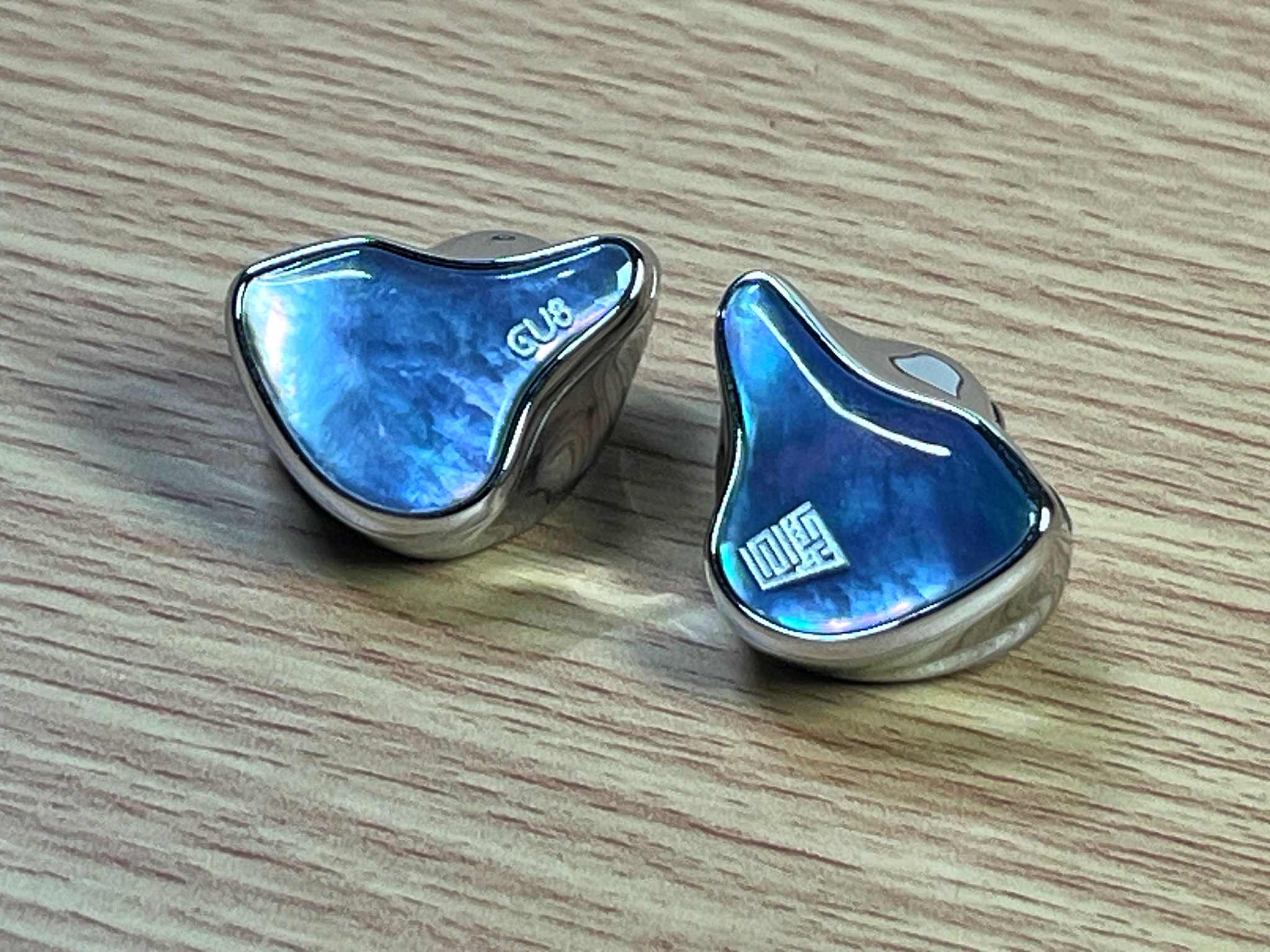
Heartfield CU8 a sleek-looking all-BA IEM from a brand known more for custom sets than anything mass-market. Heartfield isn’t exactly a household name, but if you’ve seen their past work, you’ll know they’ve done some pretty wild designs some with actual gold and silver shells, gemstone faceplates, the works. I saw an interview with them on YouTube, and yeah, they’re clearly the type who take this stuff seriously. These are also the same folks behind the Heartfield R1 R2R dongle, which I personally use a lot. That one’s smooth, musical, and just has that analog sweetness I really enjoy so I came into the CU8 with pretty high expectations.
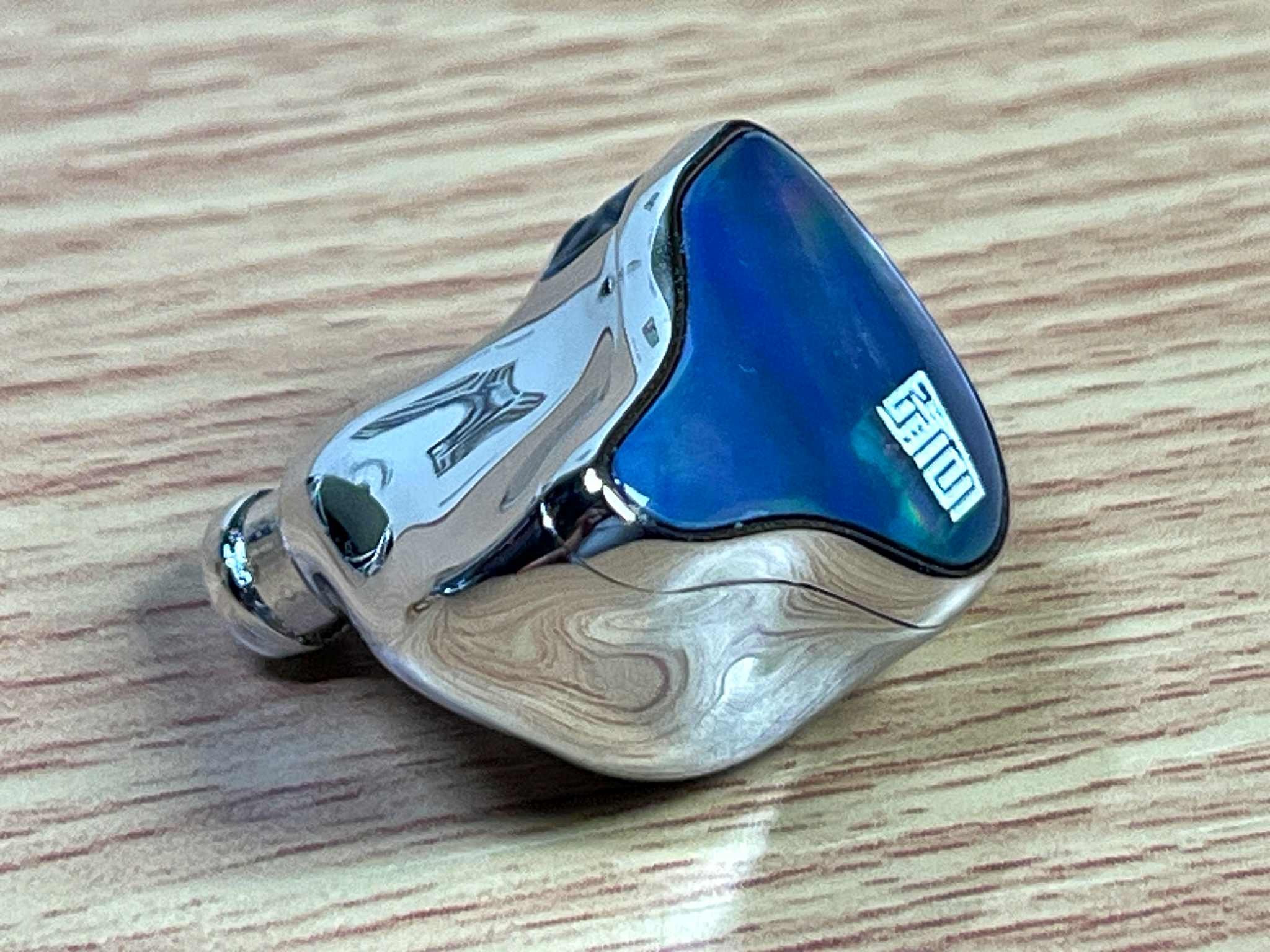
The CU8 doesn’t use any precious metals, but it does come in hand-finished brass shells that feel solid, weighty, and well-crafted. Each one’s shaped, hammered, and polished by hand at least according to Heartfield. It doesn’t scream luxury, but it has that quiet, well-thought-out elegance. The faceplate has this soft abalone shimmer that’s a pain to photograph, but in person? It just works. It catches light beautifully without looking too loud or blingy just clean, understated, and classy.
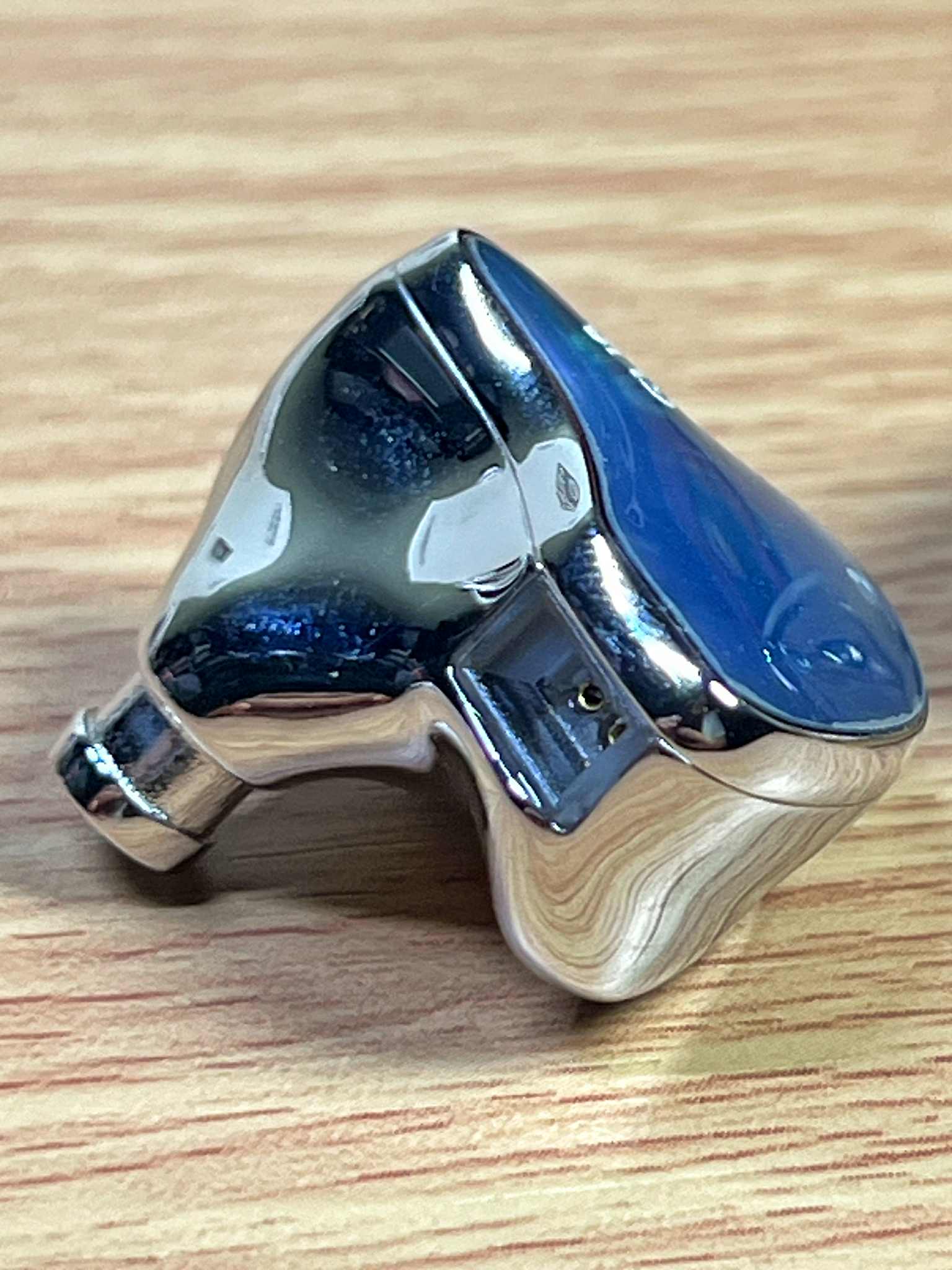
Build-wise, it feels premium in the right way. No sharp edges, no weird fit issues. It's got a bit of heft, sure, but nothing uncomfortable once it's in your ears. It's the kind of design that grows on you the more you use it. Simple. Solid. And definitely different from the usual resin shells we're used to seeing.
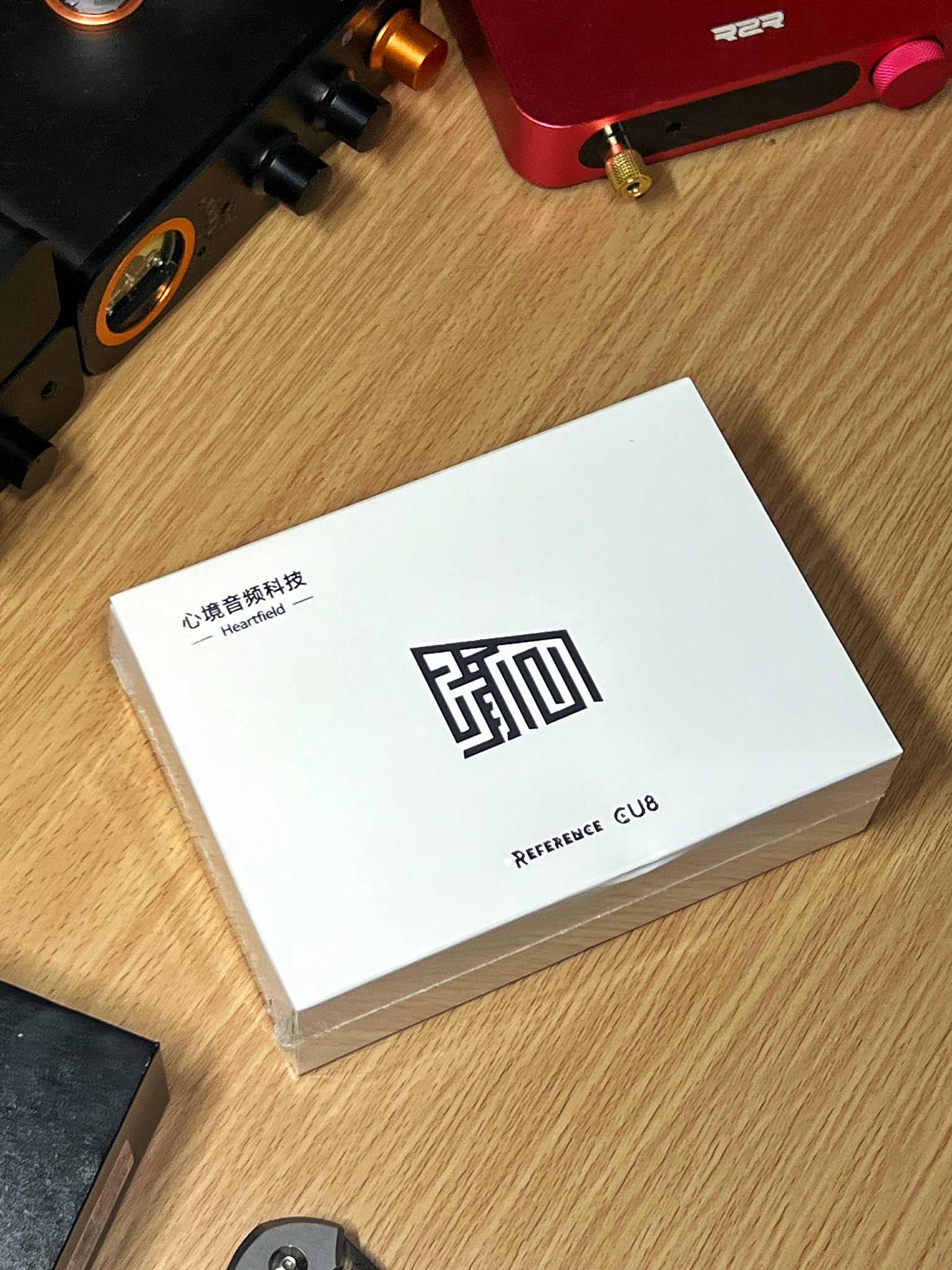
Whats in the box? check out my quick Heartfield CU8 unboxing video.

Build & Comfort
The brass shells definitely add some weight—not uncomfortably heavy, but you’ll feel that these aren’t your usual resin shells. The fit is ergonomic though, and once they’re in, they stay in. The included thin cable surprised me a bit. I usually go for thicker ones, but this one is lightweight, low-profile, and actually complements the IEM nicely. Clean look, no fuss.
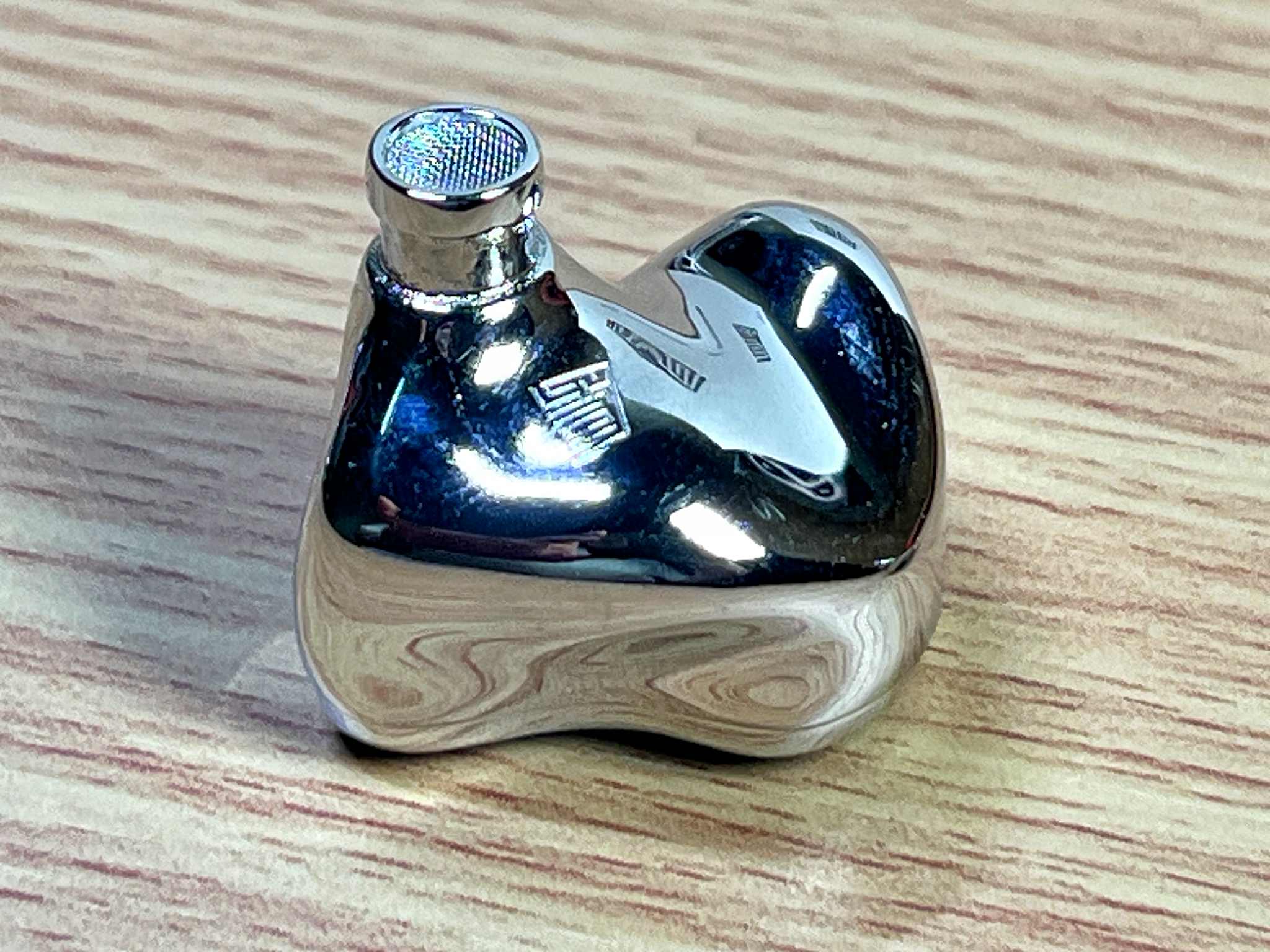
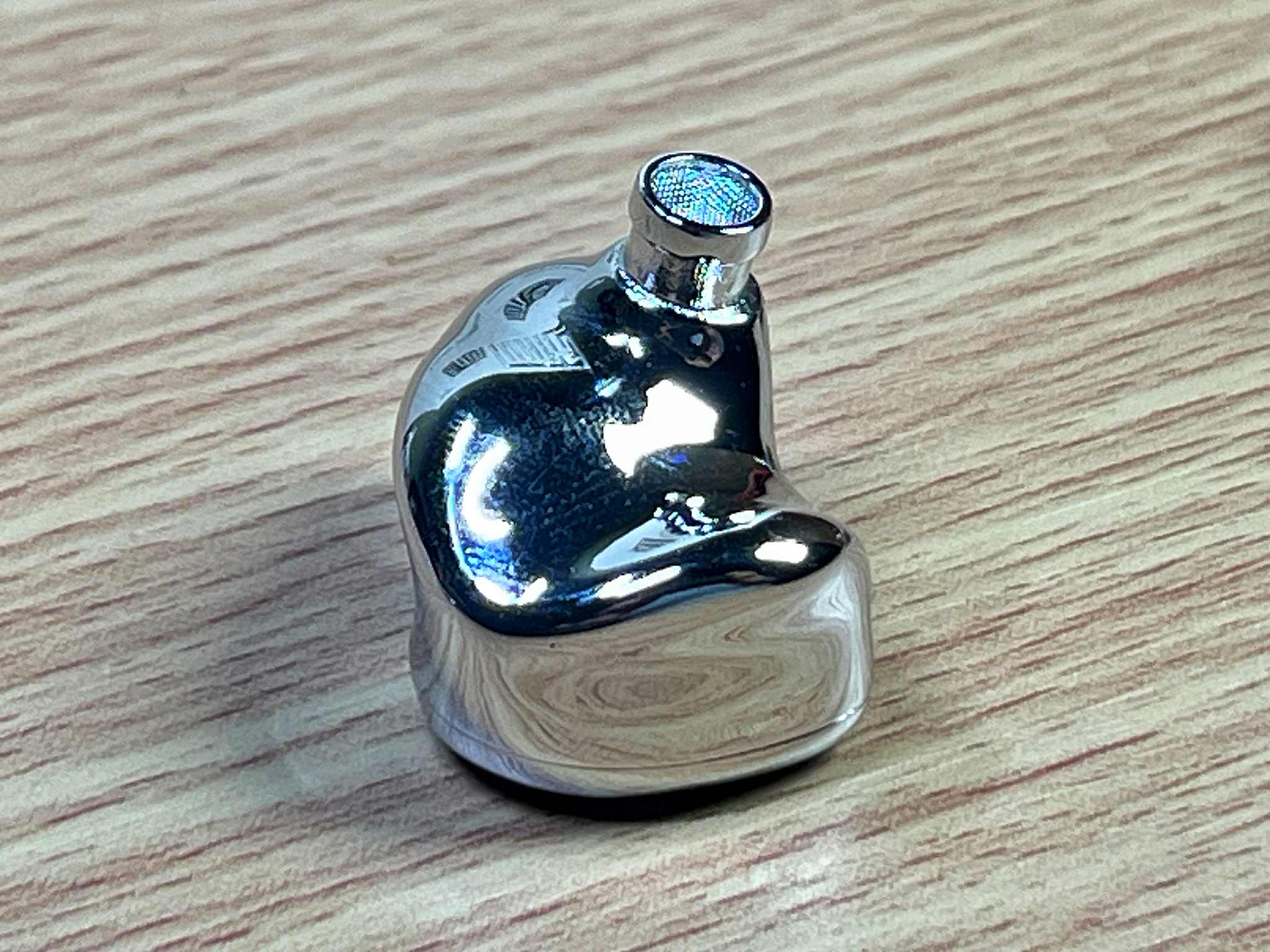
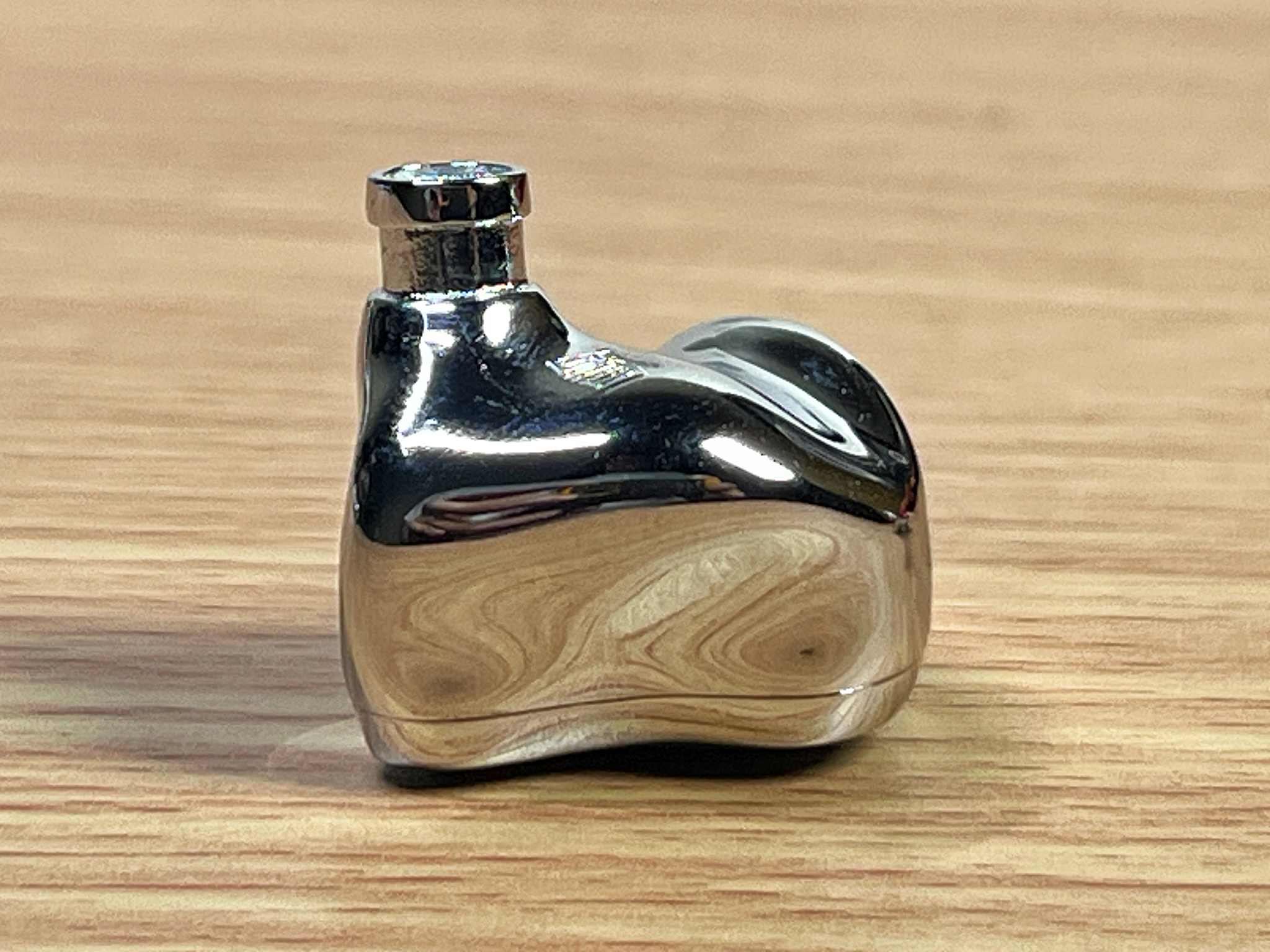
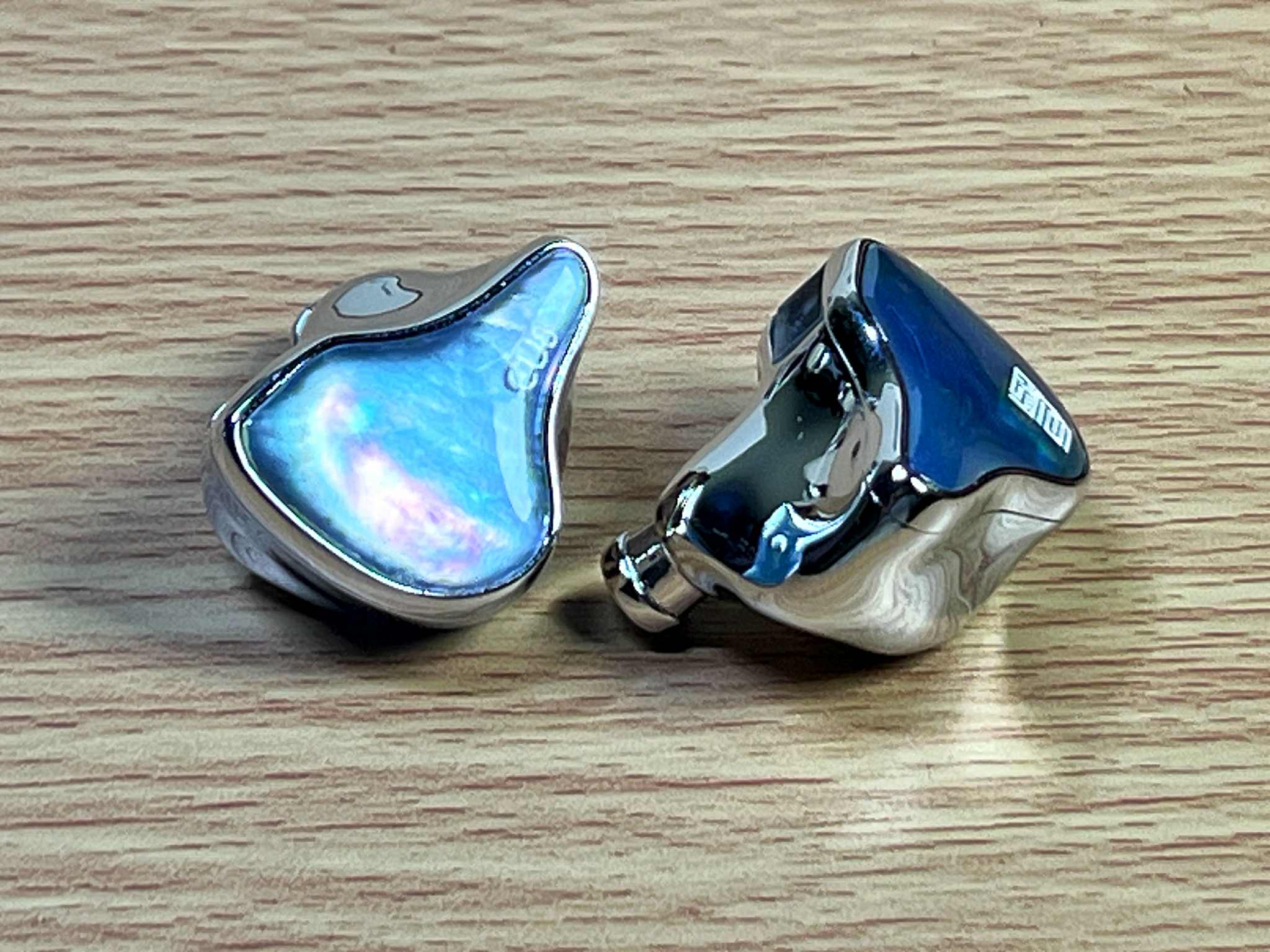
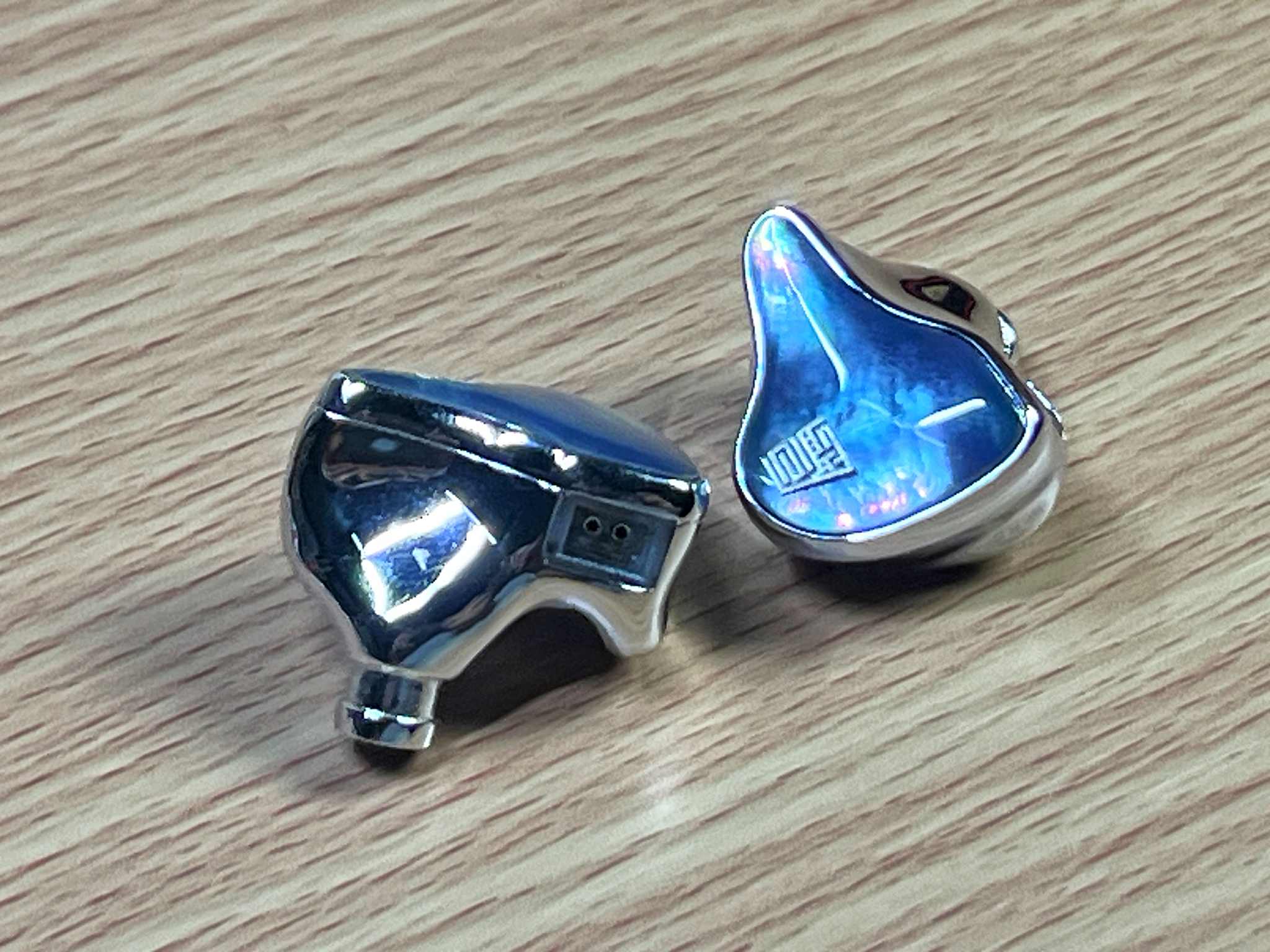
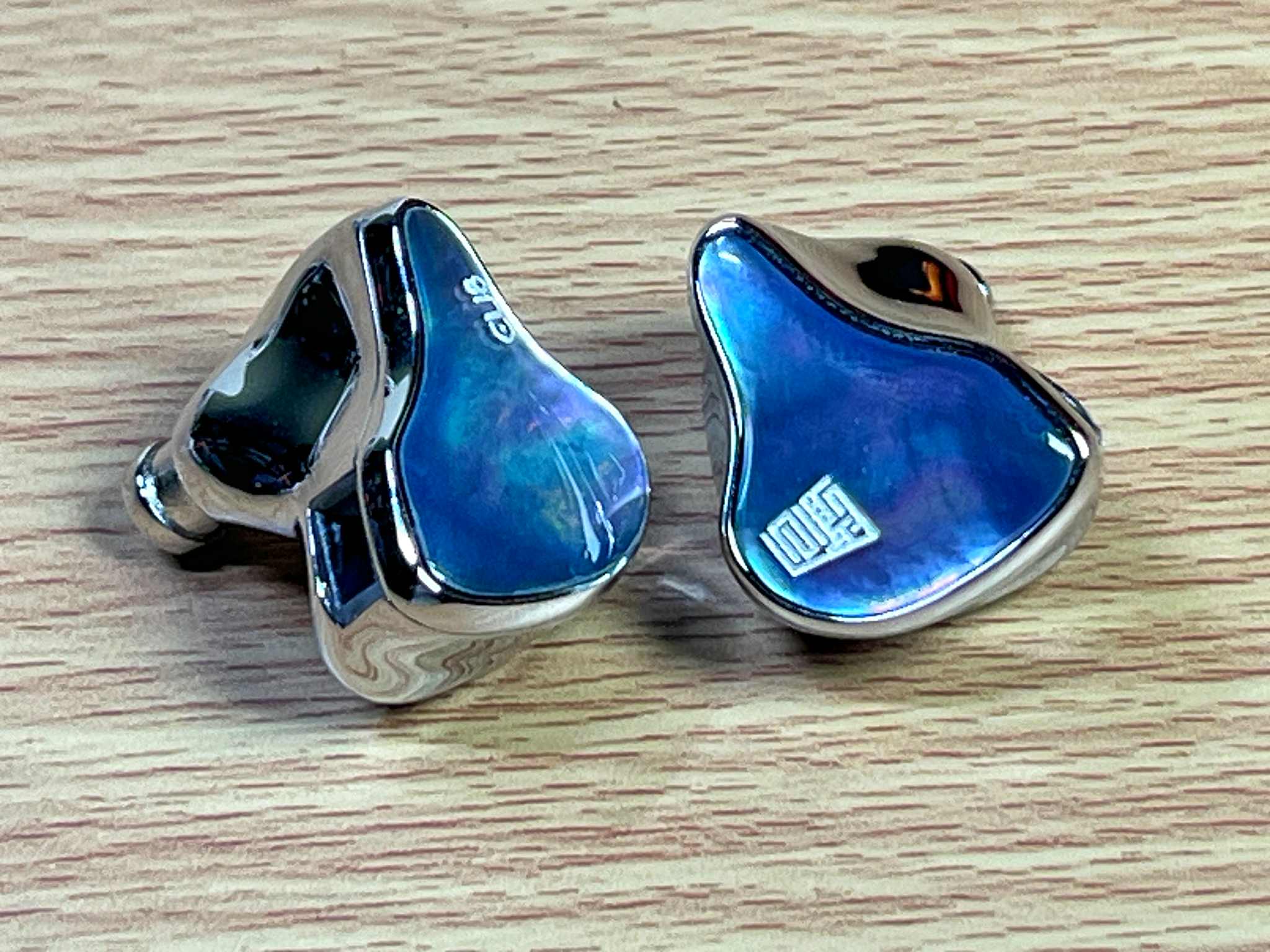
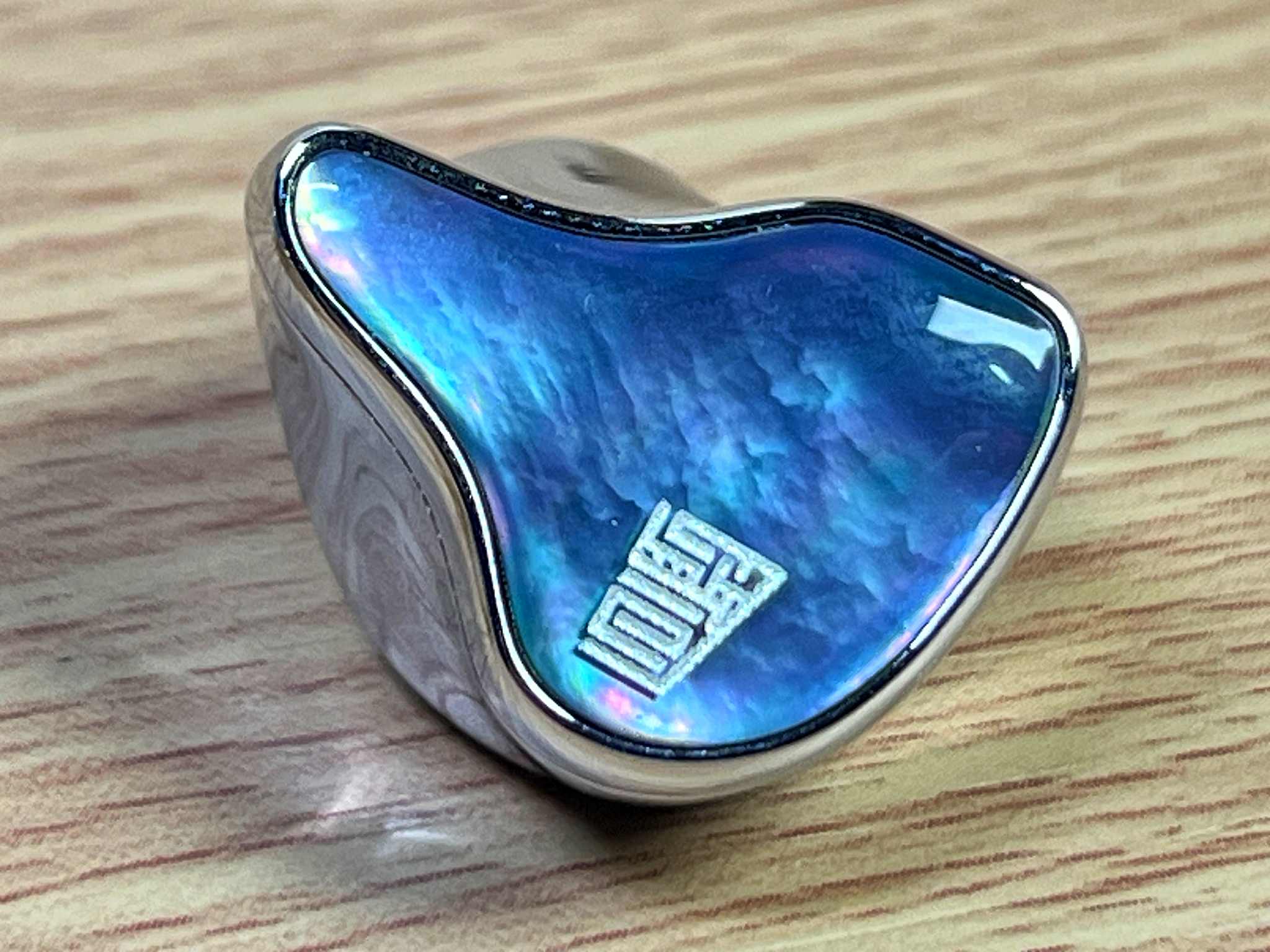
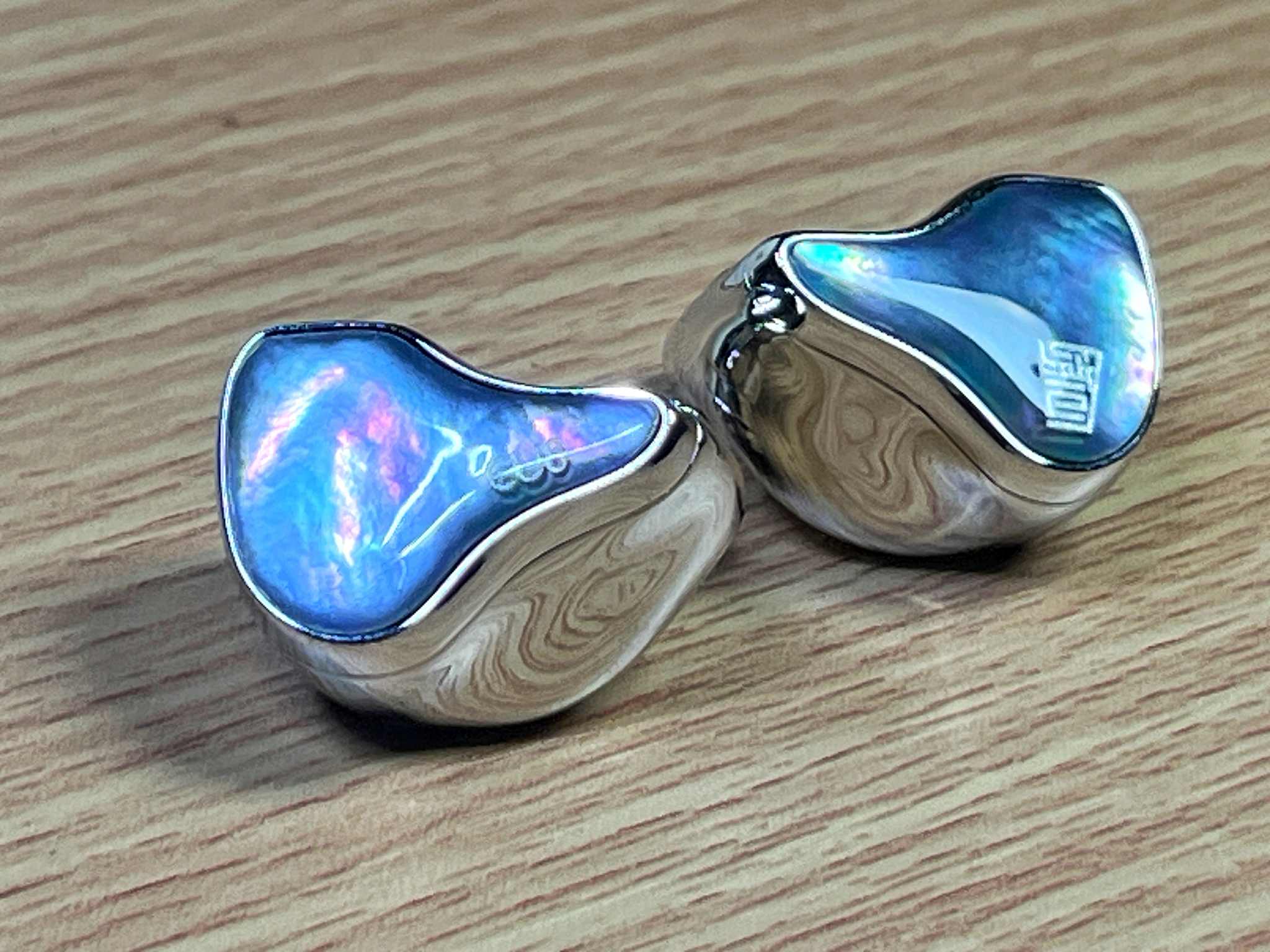
Now, the round tin case? That’s the weak point. For a set that looks and sounds this premium, the case just feels out of place. It’s small, kind of cramped, and doesn’t really match the overall aesthetic. It works, sure—but a better case would go a long way.
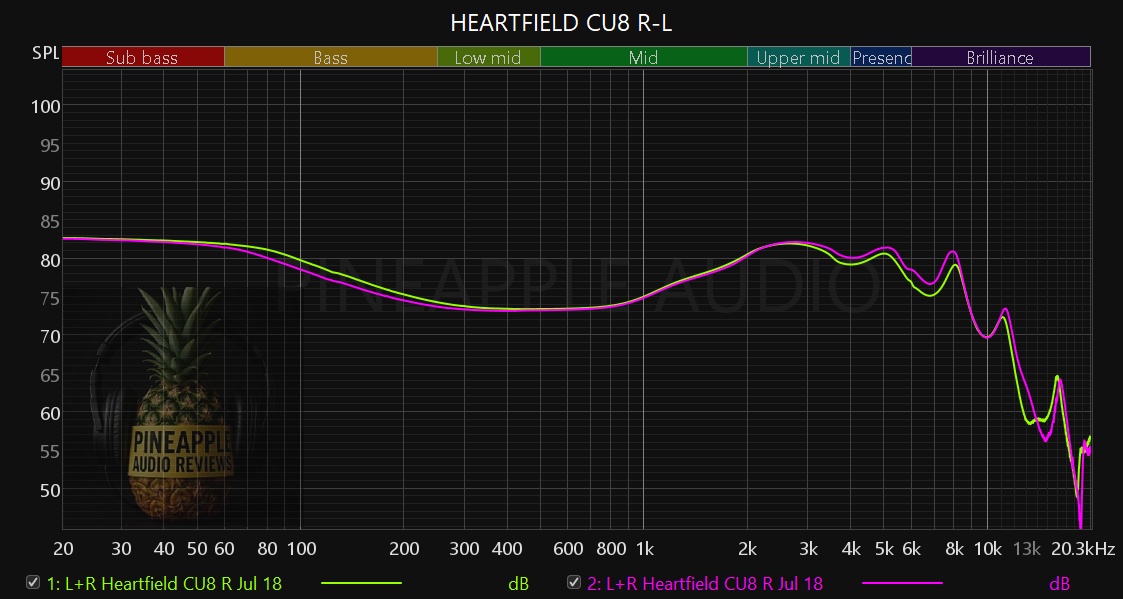
Sound Overview
This is an 8 balanced armature setup, and the tuning is described as Harman-neutral. A lot of IEMs throw around that term, but the CU8 actually delivers. It's balanced, musical, and clean—not overly analytical, but not colored either. It's that kind of tuning that feels right the moment you hear it.
Bass
Let’s get this out of the way, yes, the CU8 is an all-BA set, but no, it doesn’t come up short in the bass department. In fact, it delivers a surprisingly satisfying low-end for a balanced armature configuration. Subbass reaches deep enough to give you that satisfying rumble when the track calls for it, it's not overwhelming, but it’s definitely there. Midbass, on the other hand, is tight, punchy, and clean, with a nice snappy attack that gives basslines and kick drums some real energy. It’s fast, articulate, and doesn’t bleed into the mids at all.
But let’s be real, you can still tell it’s not a dynamic driver. There’s that slight lack of physicality and warmth that a well-tuned DD usually brings. That soft “cushion” or grip you feel with dynamic bass, the CU8 doesn't quite have that. Instead, it leans toward a more clinical and precise presentation. Think of it more like a scalpel than a hammer, it doesn’t hit you with weight, but it slices through the mix with excellent control and texture.
Still, the CU8's bass doesn’t feel thin or weak. It slams when it needs to, and it’s more than capable of handling EDM drops, hip-hop kicks, or cinematic low-end swells without sounding hollow or dry. It's just tuned with a more reference-like intent, where clarity and speed are prioritized over warmth and richness. So if you're the type who wants your bass tight, clean, and responsive without the bloat or boom this set will hit that sweet spot. Just don’t expect the thick, syrupy low-end of a good DD. That’s not what this set is trying to be, and honestly, it doesn't need to be.
Midrange
This is the part of the tuning that honestly caught me off guard—in a good way. The lower mids and midrange have this rich, natural body that’s not always easy to pull off with balanced armatures. There's great weight and presence, especially in male vocals, which sound full and grounded without being overly thick or boomy. Instruments like acoustic guitars, pianos, and strings come through with a nice textured quality you can hear the resonance, the subtle decay, the little nuances that make the performance feel alive.
What I really appreciate is the placement of the mids. They're not recessed, not shouty, just... right where they need to be. Balanced. Centered. You don’t feel like the vocals are pushed too far back or aggressively shoved forward. It's a very natural presentation, which makes longer listening sessions feel effortless.
And the tone and timbre, this doesn’t sound like your typical BA. There’s none of that plasticky, thin, or dry character that can sometimes plague all-BA sets. Instead, the CU8 delivers mids that are surprisingly lifelike and organic. The texture and resolution are there, but it never feels analytical or sterile. Honestly, if you told me this was coming from a dynamic driver, I’d believe you. That’s how natural it sounds.
It walks this fine line where it gives you all the detail you’d expect from a multi-BA setup, but with the warmth, body, and smoothness you’d usually associate with a well-tuned DD. Really impressive stuff, and i think this is easily one of the highlights of CU8s tuning.
Upper Mids & Treble
This is where the CU8 brings the sparkle without going overboard. The upper mids have just the right amount of energy they give vocals, especially female ones, that extra bit of clarity and presence that makes them pop out in the mix. There's this quick, clean decay that keeps things snappy and lively without smearing the details or making things feel too sharp.
What really stands out is the level of control here. A lot of sets that push upper mids for clarity tend to get peaky or shouty, especially with high-pitched vocals or aggressive instruments. But the CU8 doesn’t fall into that trap. There's brightness, yes, and sparkle too but it’s always tastefully restrained. You get the detail and liveliness, but without that thin or piercing edge that can cause fatigue after a few tracks.
Treble-wise, it’s fast, crisp, and airy, you can really hear it breathe up top. There’s a smooth, refined shimmer that gives cymbals their natural sizzle and adds a nice sense of air between instruments. It extends well, too nothing rolls off too early or feels muted. On some brighter or poorly mixed tracks, it might sound a bit spicy, but never in a harsh or sibilant way. It’s more of a zesty sparkle than a harsh jab to the ears.
What ties it all together is how cohesive the energy is from the upper mids into the treble. It doesn’t feel like two separate regions stitched together everything flows naturally. That cohesion gives the whole tuning this open, clean, and detailed presentation, with great separation between instruments and layers, but still keeps it musical. It never feels sterile or fatiguing. Just well-done treble tuning that strikes a balance between clarity and comfort.
Technical Performance
Imaging is pinpoint accurate, and instrument separation is excellent.
The soundstage isn’t artificially wide, but it’s not closed in either—it’s natural and realistic.
Layering is clean, and you can hear all the elements in a track without anything bleeding into each other.
What really impressed me is how transparent it is. This set makes it easy to tell gear apart. Switching sources, say from a warm Hiby R6 III to the more neutral brighter and open-sounding FiiO JM21 you can clearly hear the differences. That’s rare, and it makes the CU8 a great tool for A/B testing gear. Might even be my new reference set for source reviews.
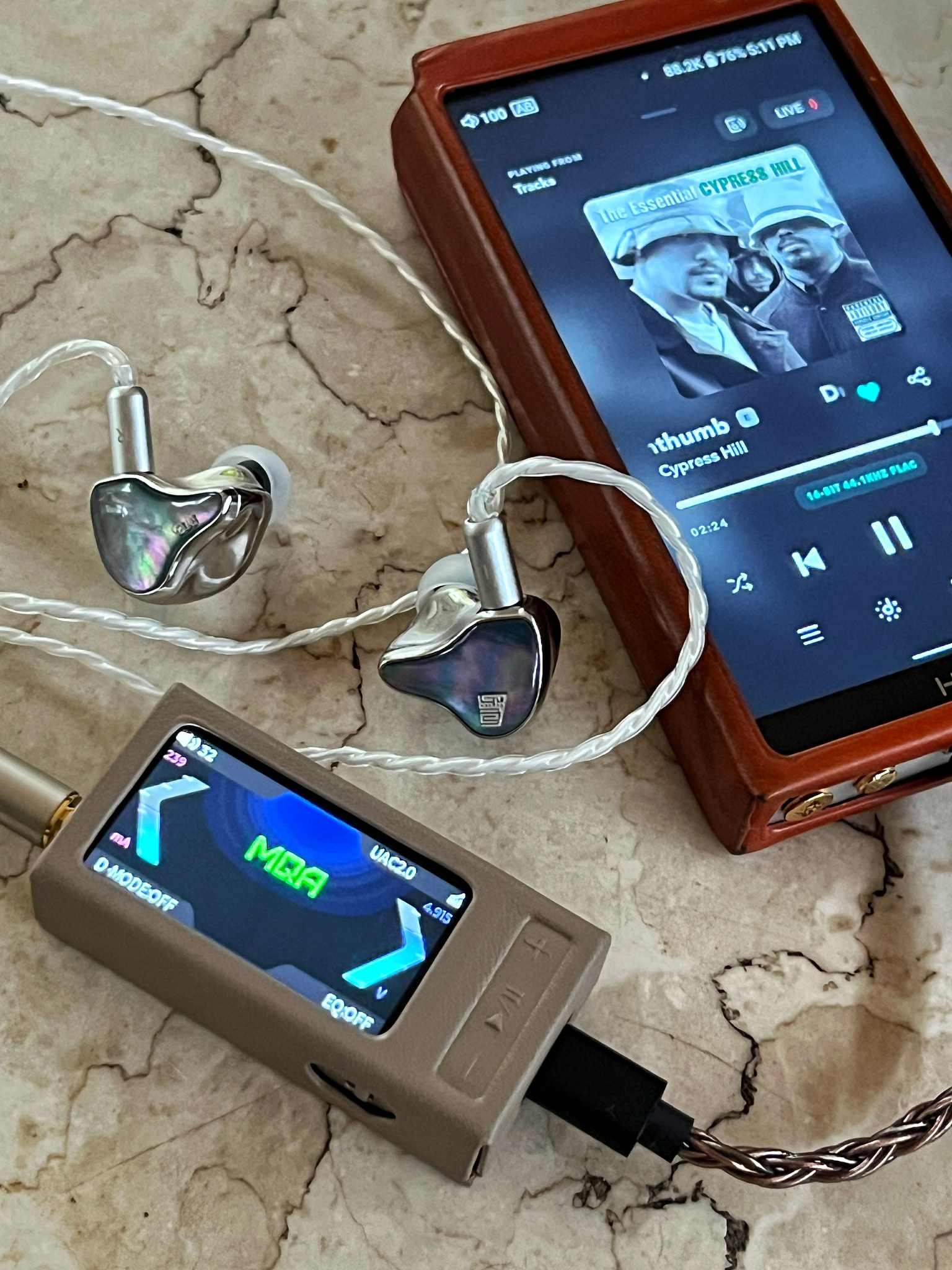
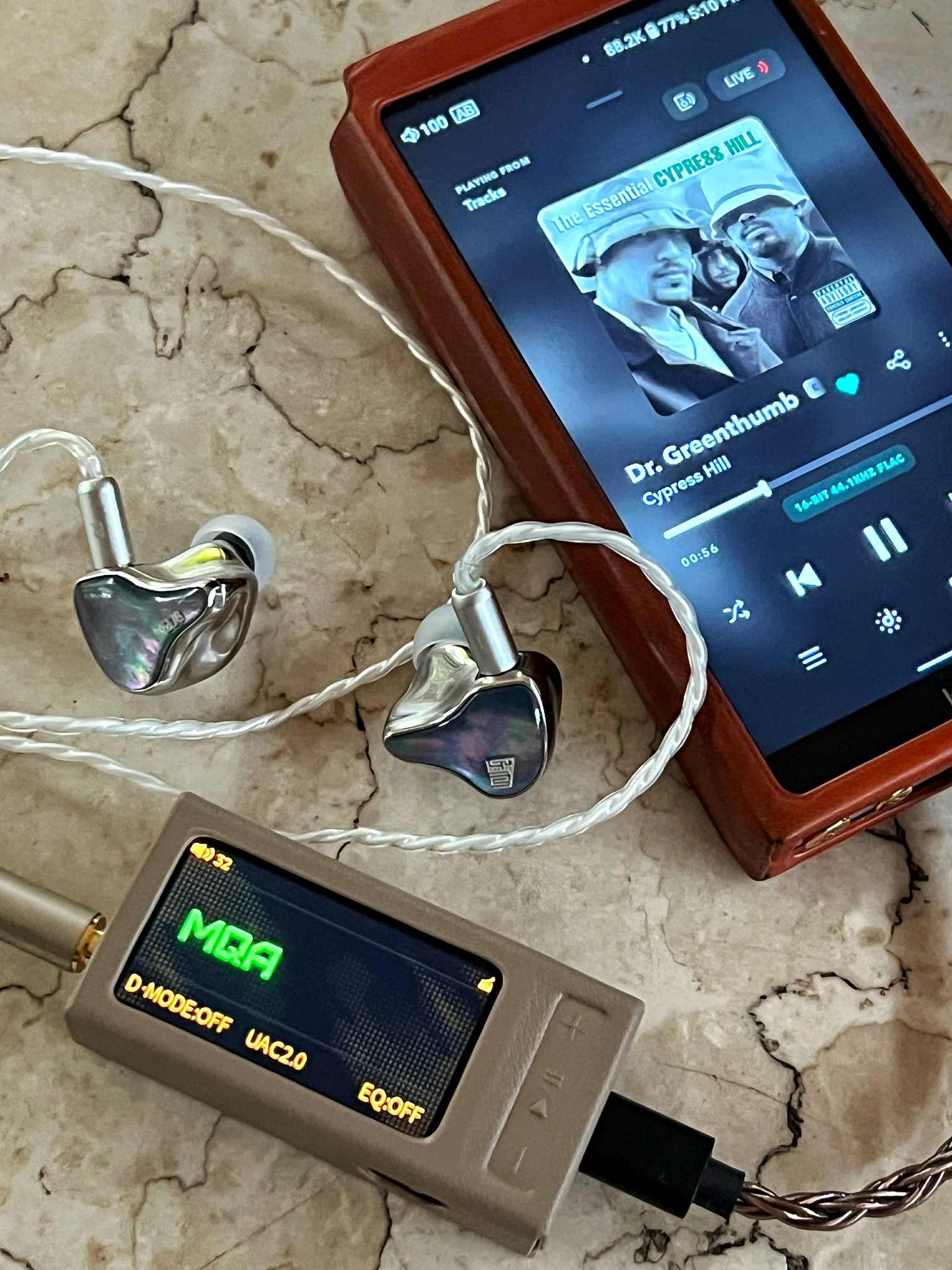
Power & Pairing
The CU8 is easy to drive. You won’t need a desktop amp to enjoy it, but give it a proper DAP or DAC/amp combo and you’ll hear it scale. It’s sensitive enough for low-powered gear, but clean enough to show the benefits of better sources.
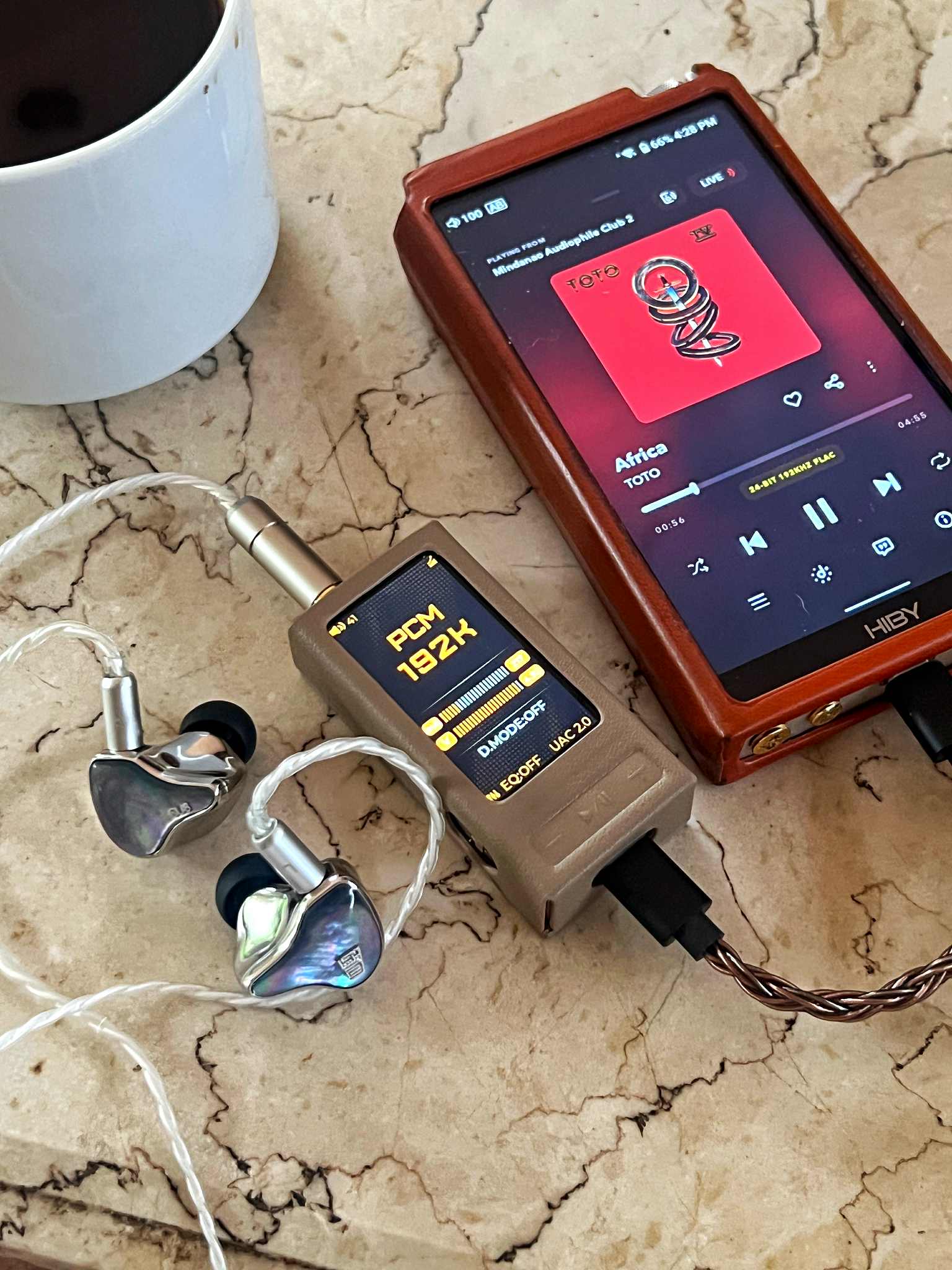
Final Thoughts
The Heartfield CU8 is one of those rare all-BA sets that actually pulls off both musicality and technical chops without leaning too hard in either direction. It’s clean, detailed, and natural never cold, never sterile. The bass won’t fool you into thinking it's coming from a dynamic driver, but it still hits with enough punch and control to keep things fun. The mids are easily the highlight here: full-bodied, textured, and just beautifully tuned. Treble has good air and finesse without being harsh or peaky.
What really ties it all together is the technical performance. Imaging, layering, resolution, it’s all there. And the way it scales with different sources makes it a legit tool for testing gear. Add in that solid, handcrafted brass build, and you’ve got something that feels both premium and purpose-built.
It’s not going to please everyone, if you’re after that thick, lush DD bass or a super warm tuning to just relax with, this isn’t that. But if you’re chasing clarity, balance, and detail in a shell that looks and feels top-shelf, the CU8 absolutely deserves a listen.
Link: https://www.linsoul.com/products/heartfield-cu8?srsltid=AfmBOoq96dZPFwwke3g9EkOIZGBD5AmPF44SFAwj3qHFfJ7P6iS9wjv3
- Get link
- X
- Other Apps
- Get link
- X
- Other Apps
Comments
Post a Comment